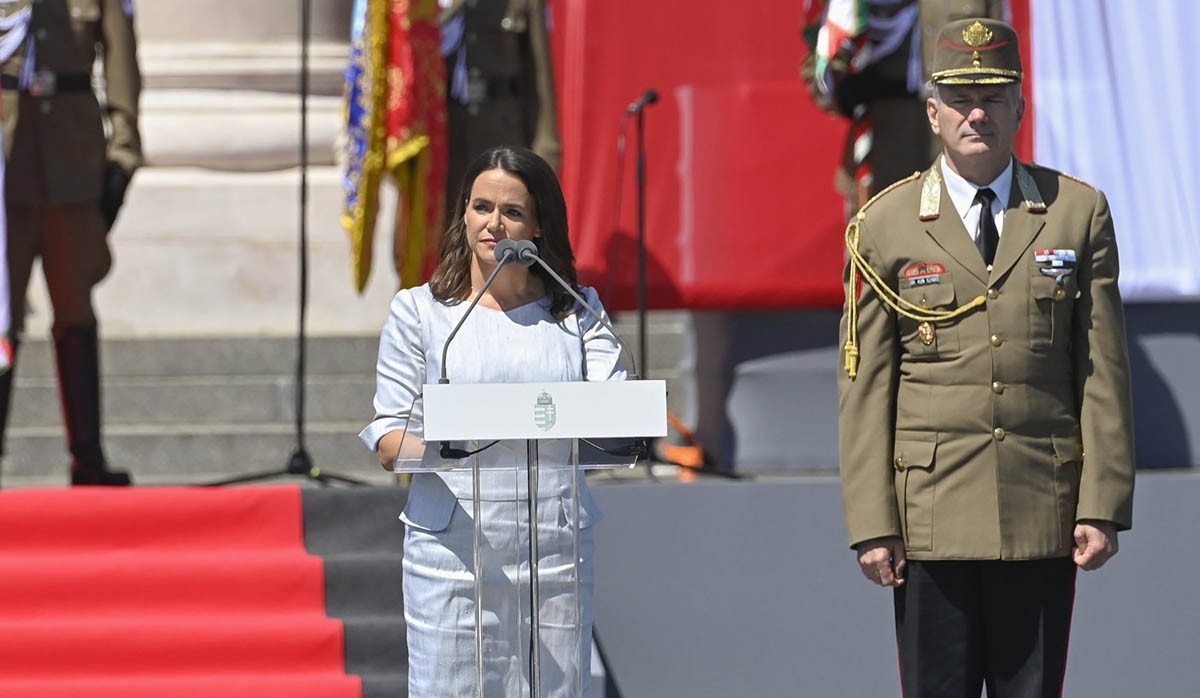
Brain Gain: How Canada Can Profit from a Trump Mistake
In the midst of the chaos being created in the United States by President Trump and his band of sycophants and cronies, some of the subtler impacts may go unnoticed in the cacophony. One important effect is the impact of the Trump administration’s arbitrary cuts on key scientific research projects that were already approved, funded, and in progress. Partially completed projects in medicine and science have been suspended because of ill-considered blanket cuts in both project funding and in the overhead payments to the research institutions that support the facilities where the work is carried out. Some of these projects might well have yielded life-saving medical treatments or scientific advances which would have yielded new advanced materials or industrial processes. Some of the medical projects were already at the clinical trial stage, including a cancer drug trial. These ill-considered moves may, over time, be reversed, but right now the disruptions in the US present an opportunity for Canada.
The key is that many of the top scientists running these projects have lost trust in the research support systems in the US, and might consider working elsewhere. The stage is set for a possible “brain gain” for Canada, which would be a nice change for a country that has often experienced a “brain drain” of our best researchers being attracted away to greener pastures.
But this comes at an awkward time for Canada’s universities, where most of our medical and scientific research in Canada is carried out. Unlike some European countries, Canada never developed a network of free-standing publicly supported research institutes outside of the universities, so most advanced research in Canada can be found in the universities. Unfortunately, our universities are all suffering financially at the moment, due to many factors, including tuition freezes by provinces, restrictions on the numbers of undergraduate foreign students by the federal government, and, in some cases, organizational difficulties and/or unimaginative management in the institutions themselves.
However, it is possible to imagine a program that would attract a small group of the very best projects and the very best researchers to Canada from the US, which has been a powerhouse in this area for many decades. The key is to use two of the key federal granting agencies, the Canadian Institutes for Health Research (CIHR) and the Natural Sciences and Engineering Research Council (NSERC) in a creative way. I would propose that these two federal granting agencies each launch a unique, one-time program to attract a small number of these top projects and researchers from the US.
The universities who wished to compete for such grants would need to be prepared to appoint the new key researchers with tenure (or they won’t come), but the grants program that I envisage would pay the full salary and benefits for each imported star professor/researcher for the first five years, so that the universities would have a five-year grace period before they would need to provide the salary from their base budgets. Given the usual pattern of retirements, the institutions ought to be able cope with that, since there would be the very long lead time before they would need to come up with salary money. The award from the respective granting council would also provide, in each case, a suitable grant in aid of the research for that first five years, so that it would supplement the grants that the researcher might be able to bring with them from the US, and hence would provide for continuation of the interrupted experiments.
The applicant universities would be expected to make their cases based upon both the quality and special expertise of the persons being recruited and the nature and stage of completion of the projects they would bring with them. The competitions should be rapid, and not tied to the usual application dates or subject to the evaluation delays of the standard granting council programs. And there is no barrier to universities hiring from abroad if the person being hired is genuinely unique in what they bring to the institution and the country. IRCC has always allowed such international hiring of university faculty, provided that the “uniqueness” criterion is met.
If we imagined a nationwide goal to bring in just 50 such star researchers and their 50 “in progress” highly promising projects, the likely annual cost in each of the five years would be of the order of 25 to 75 million dollars. Given that the CIHR and NSERC have, between them, an annual budget of about two and a half billion dollars a year, this proposed initiative, on the limited scale that I have cited, would amount to 1-3% of the annual budget of these granting councils for five years. Should the government be inclined to temporarily increase the support for these two granting councils, once the demand for such a one-time “brain gain” manoeuvre is properly assessed, it would, of course, be possible to bring in a larger number than the 50 that I have proposed.
Even if only a handful of such imported research programs yield effective new medical treatments or provide revolutionary new scientific findings that change industrial processes, the payback from such a one-time innovative grants program could be enormous, both for the institutions involved and for the country as a whole.
In the business world, it is considered entirely normal to exploit advantages created by a competitor’s mistakes. In the rather arcane world of science and medicine, this is not so automatic a reaction, but, in this case, it may be the only way to save some outstanding projects. And if the US loses and we gain in certain fields, well, we can always be Canadian and apologise for having guessed right when the slightly crazed behemoth just south of us guessed wrong.








